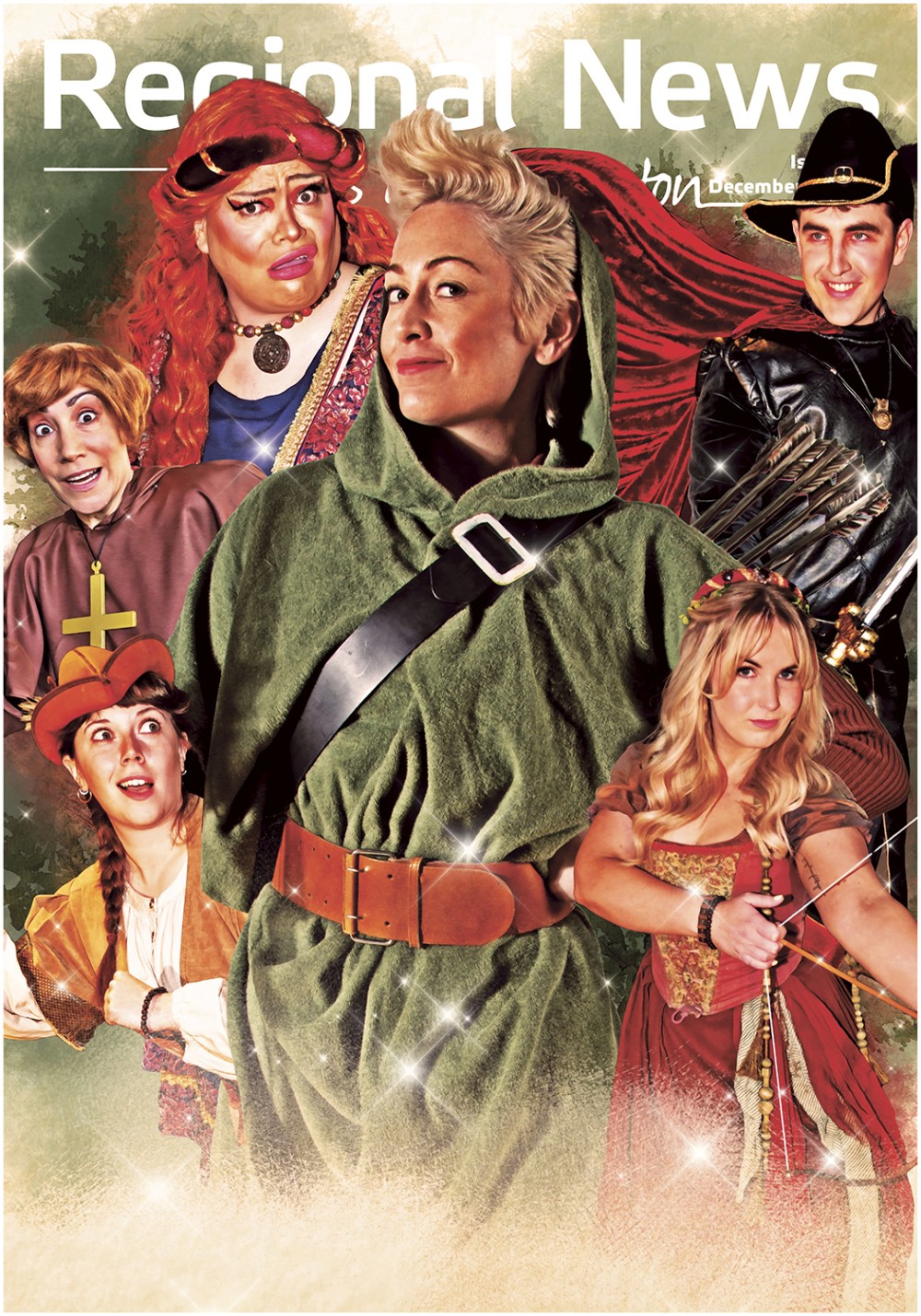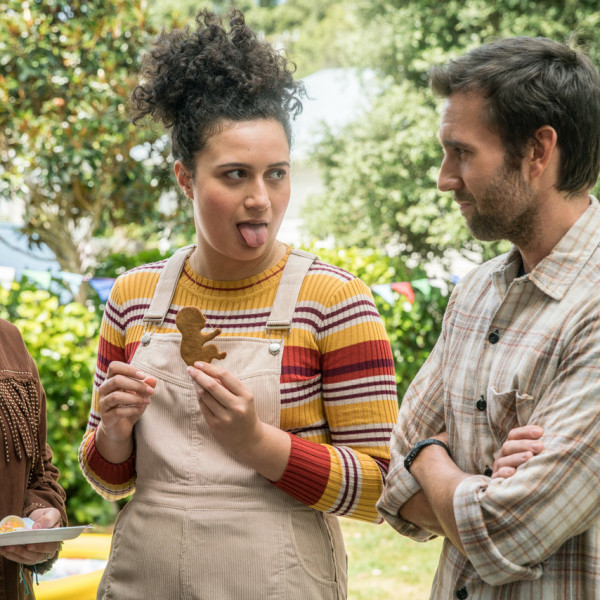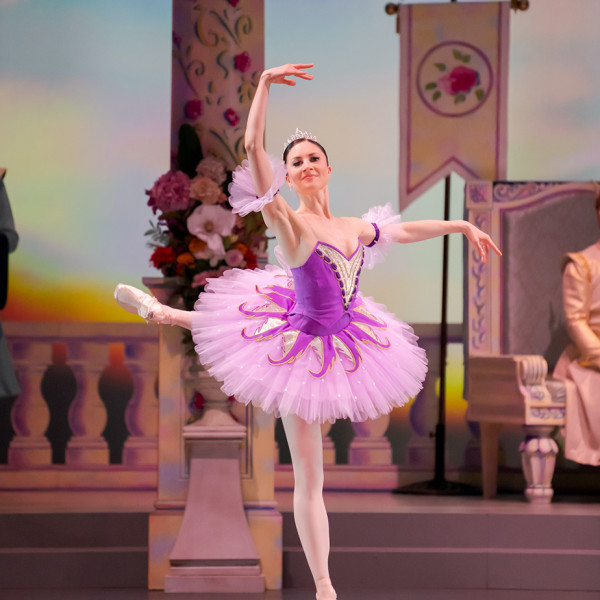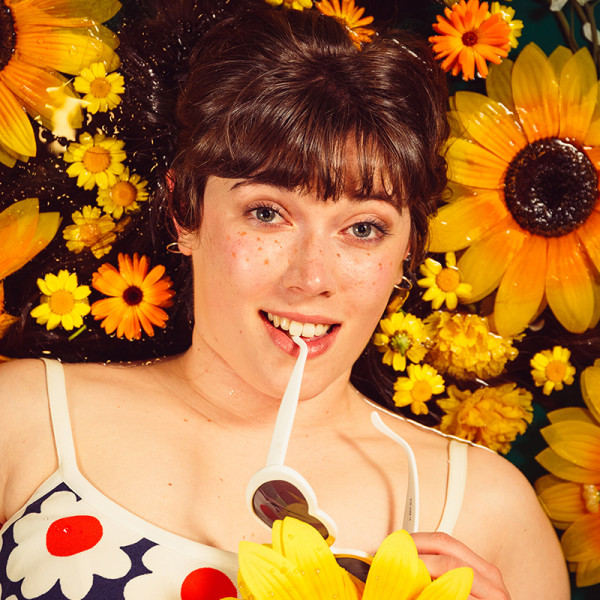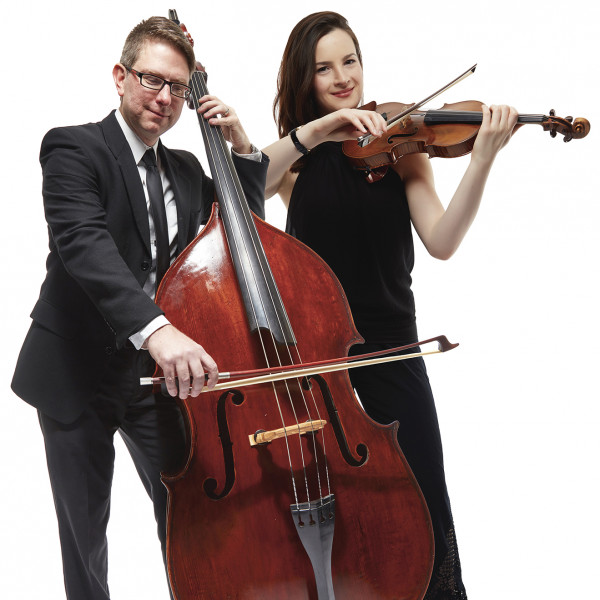
The Best Foods Christmas Comedy Gala was pegged as the biggest night of comedy in 2020. Judging by the raucous laughter and applause thundering through three tiers of The Opera House, I wholeheartedly agree. Being part of a ginormous crowd again, jostling elbows and sharing smirks with strangers felt nigh on miraculous. How lucky are we to be in New Zealand?
It’s not just our COVID-19 response that makes me feel fortunate – it’s the wealth of comedic talent on our shores, demonstrated by this exceptional NZ line-up hosted by Pax Assadi.
Assadi sets the tone for a night of outstanding comedy and keeps it flowing smoothly, teasing and charming the audience in one breath and delivering a couple of knockout sets of his own. Charisma for days.
19 comedians bring their own unique brand of comedy to the stage, making each act feel fresh. The quality of the stand-up on show means there’s never a dull moment and no set falls flat, though I can’t help but have a few favourites.
Paul Douglas has me crying with laughter with a bit about albino bats that’s hysterical in all senses of the word. Cori Gonzalez-Macuer proves that a $1000+ improv course did not go to waste, Hayley Sproull takes to a festive keyboard with a hilarious original about children ruining wine time – I mean Christmas – and musical-comedy duo The Fan Brigade bring good into the world with a song about all the bad stuff. Sera Devcich shares the infinite joys of parenthood and reaffirms my life ambition of becoming a stay-at-home dog mum. As socialites Prue and Dilly Ramsbottom, The Topp Twins’ parody of the privileged is a hoot. They still manage to inject a large dose of heart into their set, performing a breathtaking waiata for our new Minister of Foreign Affairs, Hon Nanaia Mahuta.
Every single comedian brought their A game to the Best Foods Christmas Comedy Gala – a night of explosive joy and laughter desperately needed and greatly appreciated by all.



